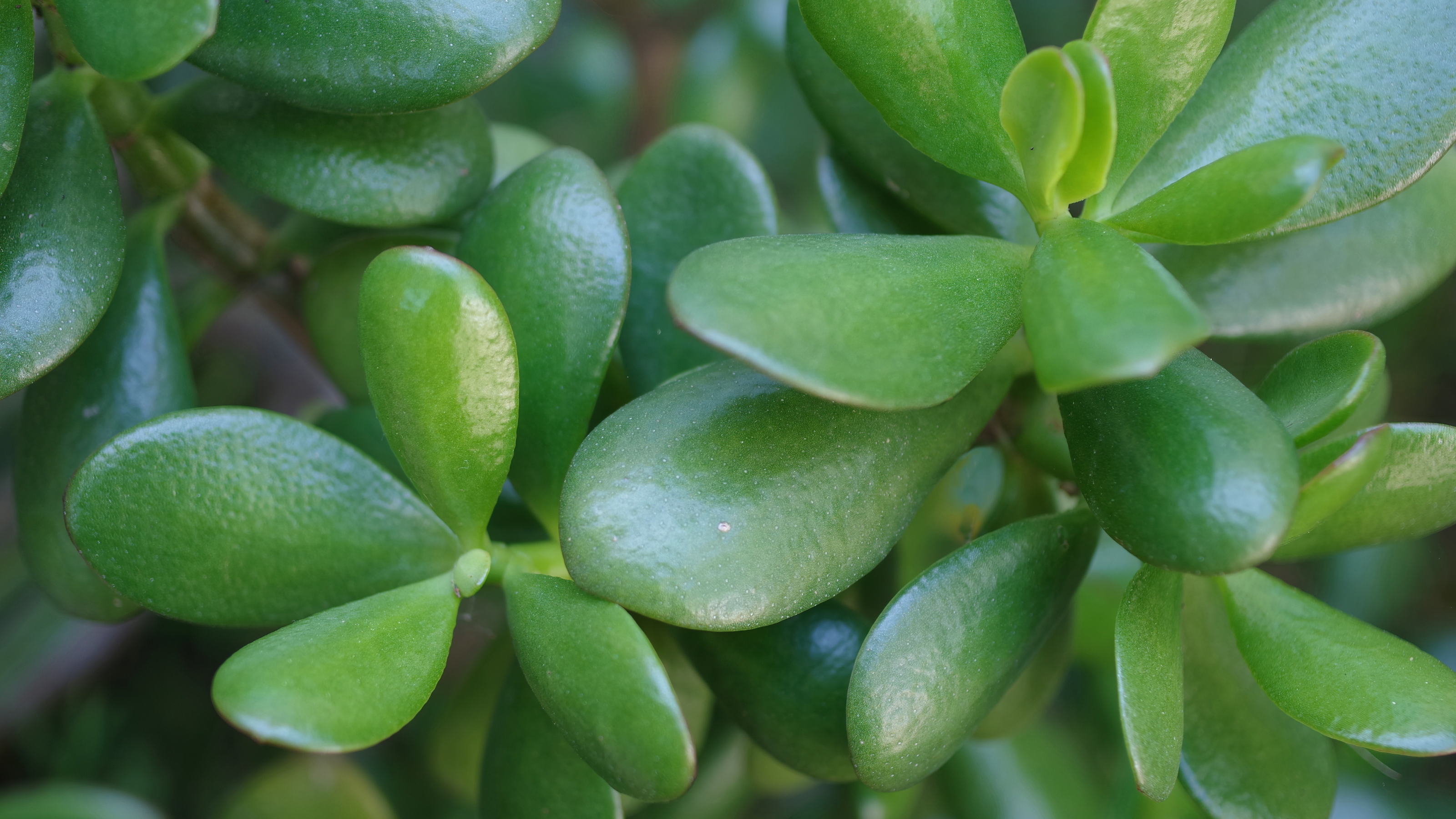

If you're looking to expand your garden, learn how to propagate a jade plant for extra greenery. They’re considered to be signs of good luck, are easy to grow and can provide benefits to your environment.
According to experts, jade plants help improve indoor air quality, increase humidity levels, and absorb carbon dioxide. Plus, they can make your living space look more inviting and earthy.
Not a professional gardener? Not to worry. Our green-thumbed experts explain how to take advantage of one of the best indoor plants.
How to propagate a jade plant like a pro
If you're taking care of a jade plant, you're in luck. As an easy house plant, they're pretty low maintenance and great for beginners.
Once your jade plant is happy and healthy, you can take some cuttings and propagate it to create a jungle of indoor greenery. We asked experts for the best ways to propagate a jade plant without damaging the original and what else we need to know about completing this task successfully.
1. Use a leaf
When it comes to propagating a jade plant, one of the best methods is by using a leaf. Just make sure your plant is healthy before snipping any off. If you're jade plant is dropping leaves it may be a sign you're overwatering it.
Succulent expert, Cassidy Tuttle, says, “To propagate from a leaf, you carefully remove the leaf right where it attaches to the stem. Let it sit on a dry surface for a day or two and then lay it flat on top of regular soil.”
Over the next few weeks, keep the soil damp. “Eventually,“ Cassidy explains, “roots and a new plant will start to grow from the end where the leaf was once attached to the plant.”

Cassidy is a succulent expert and creator of the blog Succulents and Sunshine. She is the author of several ebooks, including Propagating Succulents and Growing Succulents Indoors.
2. Use cuttings
Looking for an alternative to using a leaf? Using cuttings to propagate a jade plant is both faster and easier.
“Use a sharp knife or scissors to make a clean cut through a section of stem, let the cutting sit on a dry surface for two days, and then plant it in soil (such as Miracle-Gro Succulent Potting Mix on Amazon) and water every three to four days for about two weeks,” says Tuttle.
After that, you’ll want to water it about once a week until you're confident roots have formed. “If it resists, it has grown enough roots to be watered using the ’soak and dry’ method, typically recommended for succulents,” she adds.
This is when you soak the plant and let the soil almost dry completely before watering again.
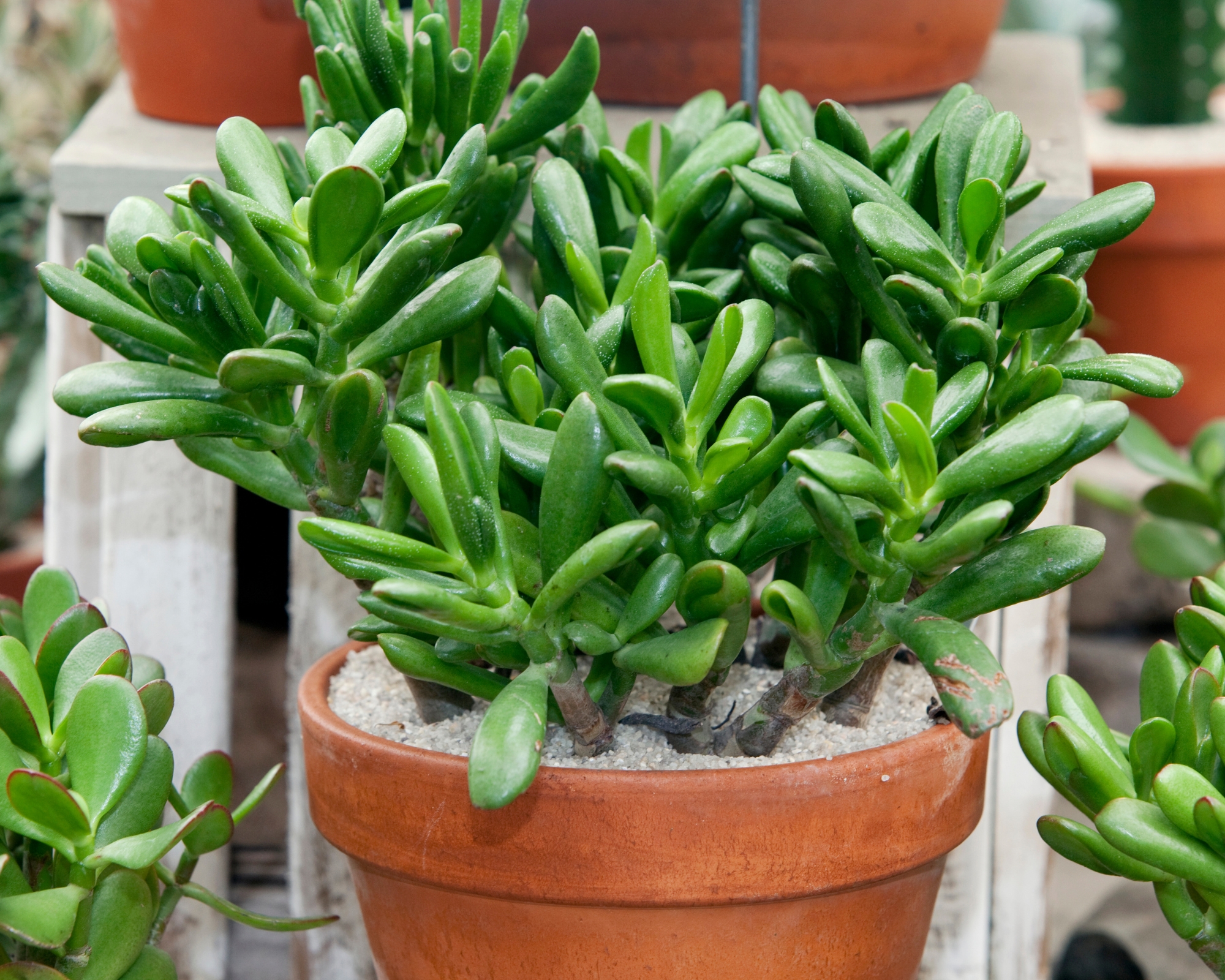
3. Give sunlight and water
Plants usually need some combination of water and sunlight to grow and the same goes for jade plants, and any leaves or stems you’re propagating. Even if you have a small space, you’ll want to find room to place your propagation by a bright window.
Check how often to water a jade plant so your cuttings have adequate water whilst it establishes new roots.
“For northern hemisphere plant parents, place your cutting next to a south-facing window, and for southern hemisphere plant parents, place it next to a north-facing window,” says Julie Pfeiffer, houseplant expert.
Keep in mind that indoor succulents only need watering when the soil has had time to dry out two to four inches down. Pfeiffer recommends staying consistent with watering by checking your plant's soil moisture every one to two weeks.
If you’re still not sure, use a soil monitor such as this from SZHLUX Moisture Meter Water Monitor from Amazon to check if it’s time to water your propagates yet or not.

Julie is a Plant Lady living her best life by sharing plant tips and connecting with plant lovers from all over the world. She enjoys inspiring and teaching her plant community how to create the plant-infused home of their dreams.
4. Use the right tools
You don’t always need top-of-the-line gardening tools when it comes to successfully propagating and growing indoor plants. Cheryl Rafuse, owner of Plant Magic, says you can find budget-friendly options that are both effective and easy to use.
“I like using terracotta pots like this set of six pots available on Amazon because it’s harder to overwater your plants since it wicks the water away from wet soil,” says Cheryl.
She also recommends using tiny sets of pruners like Modern Sprouts Gardening Shears on Amazon and scissors to trim and maintain your plant.

Cheryl owns Plant Magic Gardens in Beverly, MA, an ecologically conscious gardening company that focuses on planting native plants. She installs gardens, performs garden maintenance and educates our community. She also hosts volunteer invasive plant removal meetups on the North Shore of Massachusetts.
5. Take them outside
Yes, you can take indoor plants outside. “Once the weather is consistently above 60 degrees, you can take your succulent and propagated cuts outdoors in a bright indirect light area to promote more growth,” says Pfeiffer.
You’ll want to be sure to bring your jade plants back indoors once temperatures drop below 60 degrees so you don’t accidentally kill your houseplants.
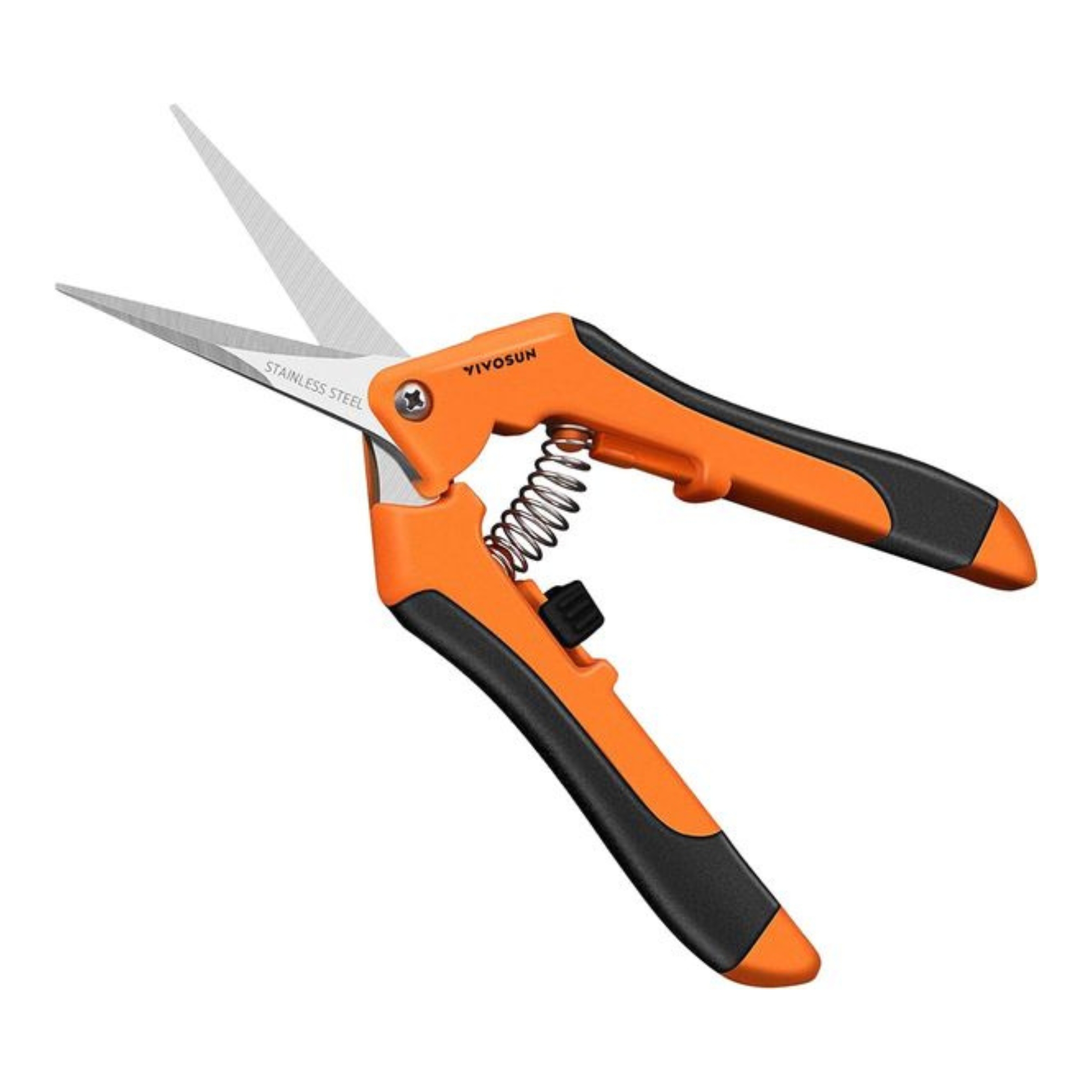
You're going to need a good pair of shears for trimming your cuttings. These gardening scissors are well-loved by customers with 59k reviews.
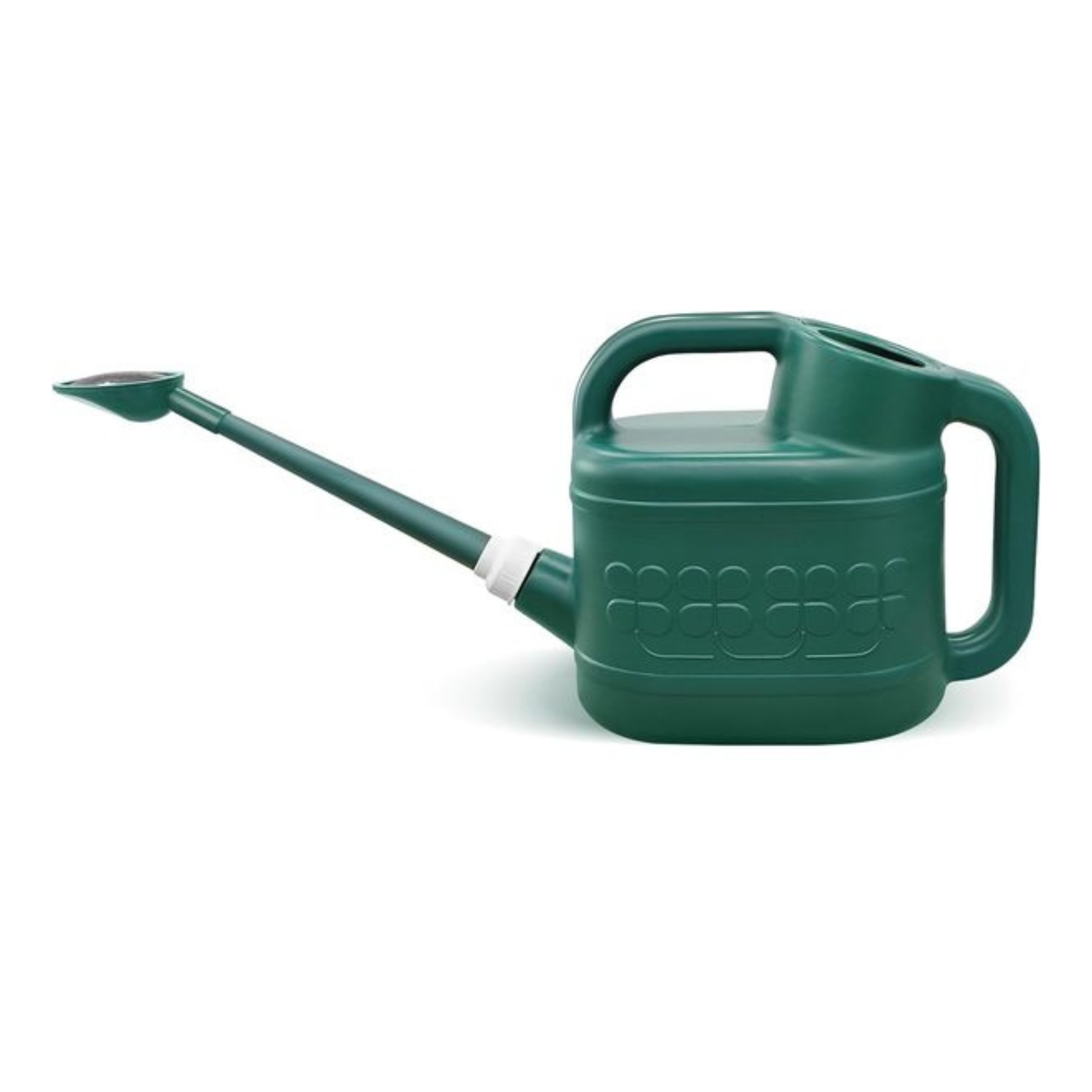
A sturdy watering can is also essential for both indoor and outdoor gardening. Choose from four different colors to find a watering can that suits your style.

Take the guesswork out of watering a jade plant with these moisture monitors. These handy tools will tell you exactly when your plants need to be watered so you don't end up with dehydrated greens.
Adding a jade plant propagate to your indoor garden line-up is a great choice for an easy living room plant as it doesn't need watering very often.
If you really want to embrace a summery look, add some tropical indoor plants like leafy palms and colorful flowers.
Join our newsletter
Get small space home decor ideas, celeb inspiration, DIY tips and more, straight to your inbox!

Casey Clark is a freelance writer and has previously worked on mattress reviews for our sister publication, Homes & Gardens. In her work, she browses the internet for the best products for your home to help you make the right purchasing decisions.
-
 How to make indoor plant leaves shiny, according to green-thumbed experts
How to make indoor plant leaves shiny, according to green-thumbed expertsLearning how to make indoor plant leaves shiny seems trivial, but this is not just about aesthetics. Here's how to clean them properly, and why you need to do it, according to pros
By Danielle Valente Published
-
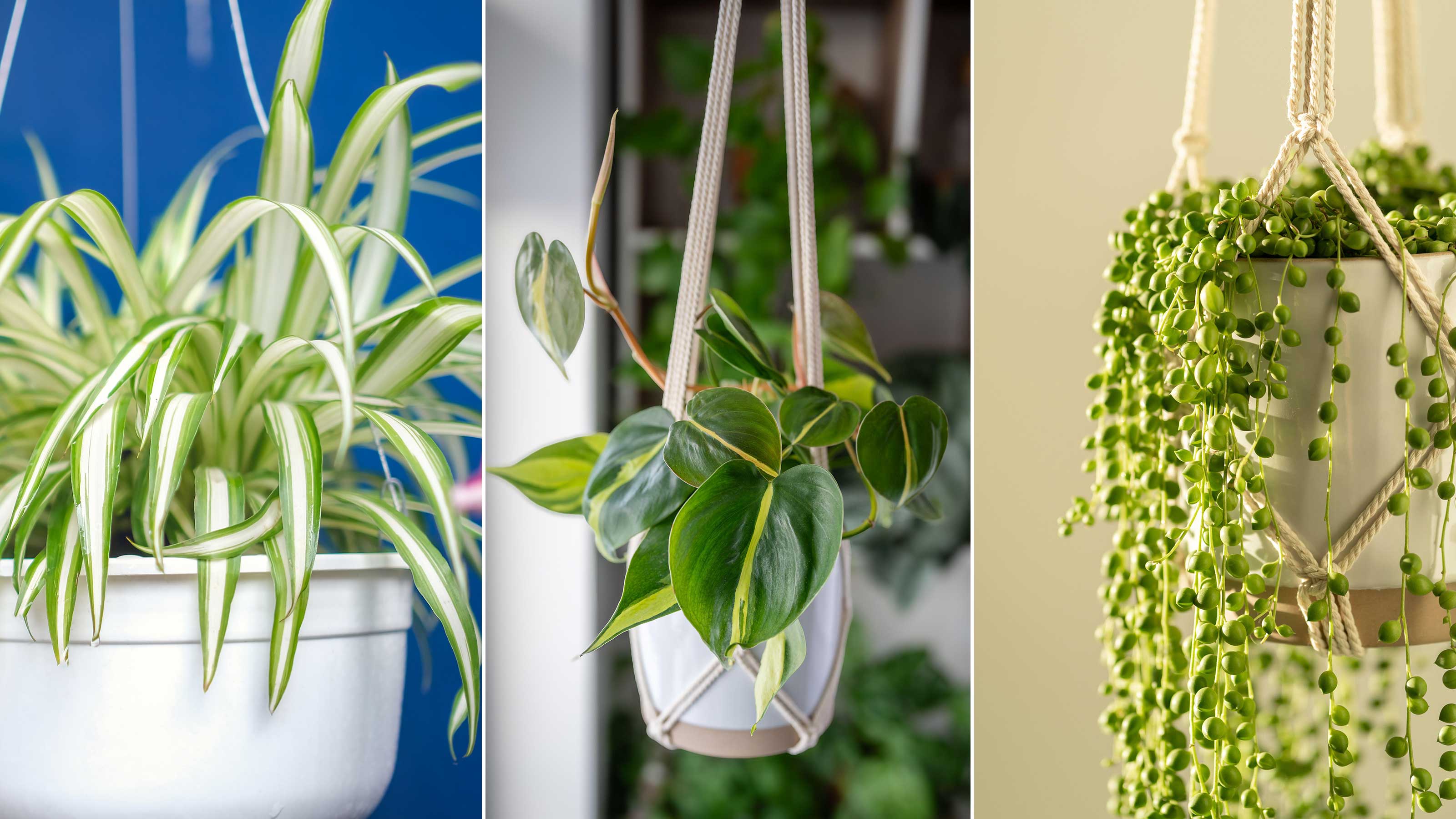 Best hanging basket houseplants — 10 leafy options for maximizing vertical space
Best hanging basket houseplants — 10 leafy options for maximizing vertical spaceDiscover the best hanging basket houseplants for elevating empty spaces in your home, as well as expert tips on how to keep them looking their best
By Holly Crossley Published
-
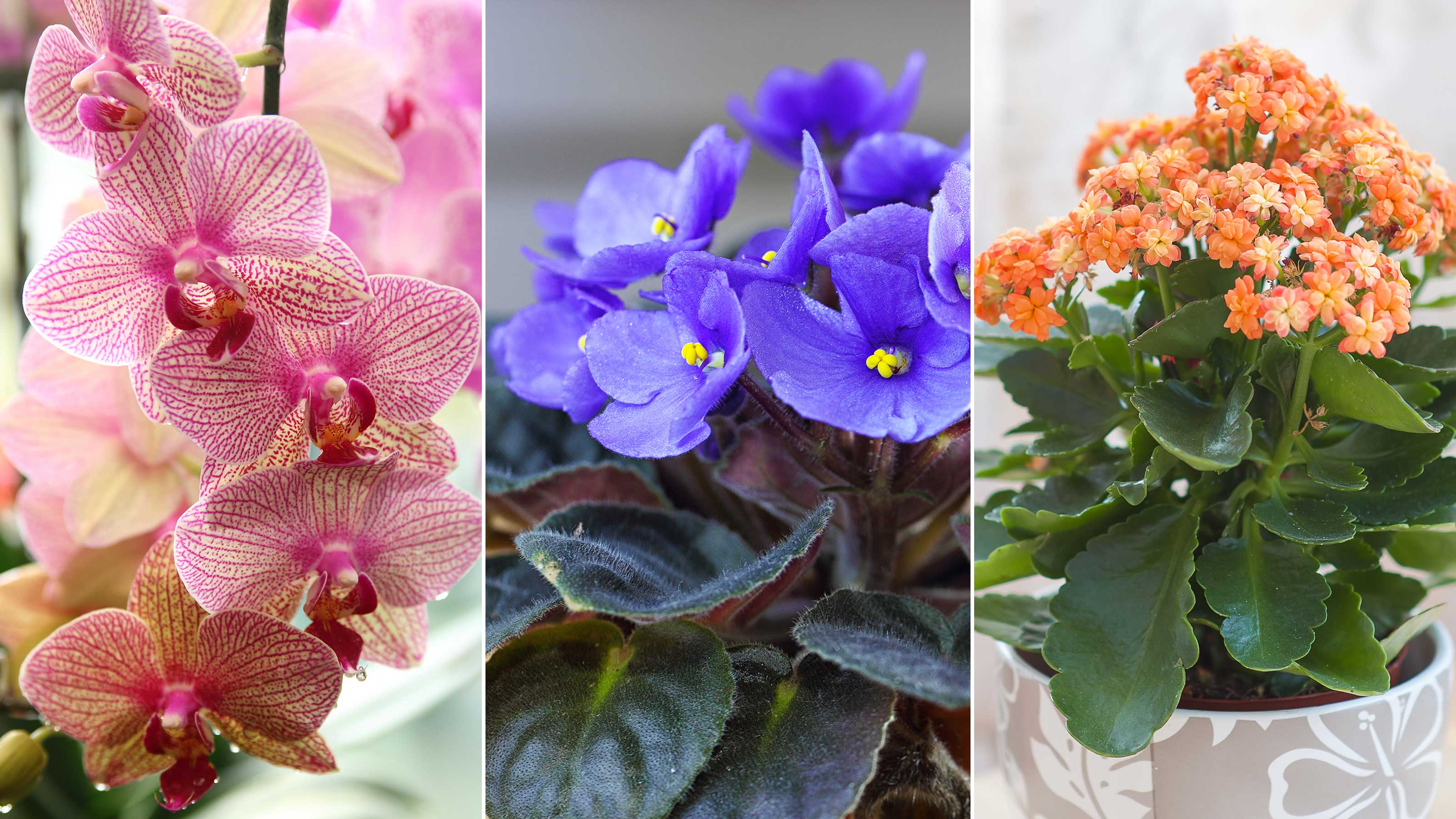 The 10 best indoor flowering houseplants to bring natural beauty to your space — including ones that blooms for months
The 10 best indoor flowering houseplants to bring natural beauty to your space — including ones that blooms for monthsThese are the best indoor flowering houseplants to beautify an interior scheme, plus expert advice on plant maintenance and styling
By Holly Crossley Published
-
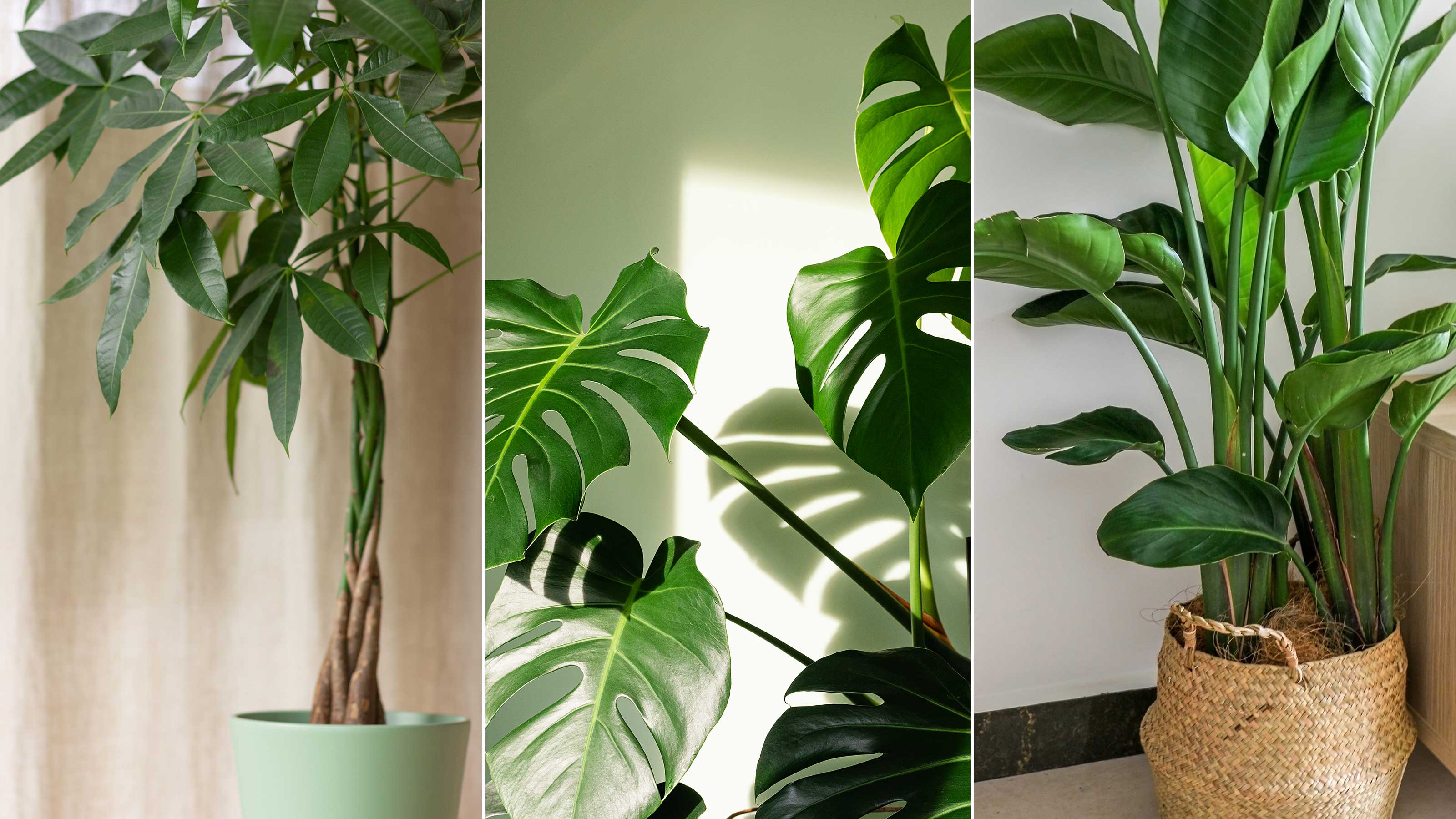 Best tall houseplants — 10 lofty options for indoor spaces
Best tall houseplants — 10 lofty options for indoor spacesThe experts reveal the best tall houseplants for a beautifully botanical interior scheme, plus practical tips on how to care for them
By Holly Crossley Published
-
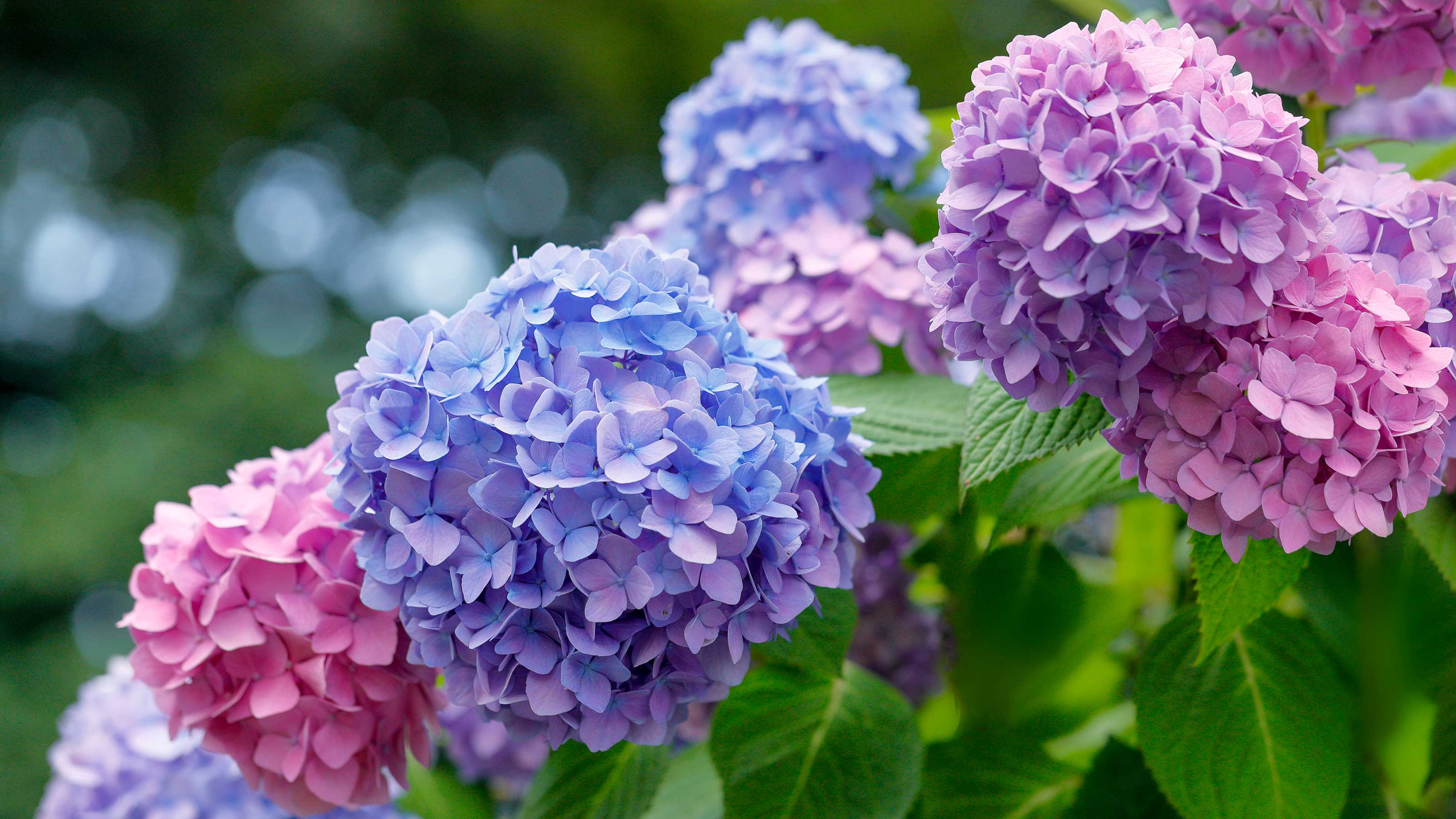 How to care for hydrangeas — 7 tips from gardeners for fabulous, flowering shrubs
How to care for hydrangeas — 7 tips from gardeners for fabulous, flowering shrubsLearn how to care for hydrangeas with this expert guide, including key tips on watering, soil type, growing in containers, and preventing pests
By Holly Crossley Last updated
-
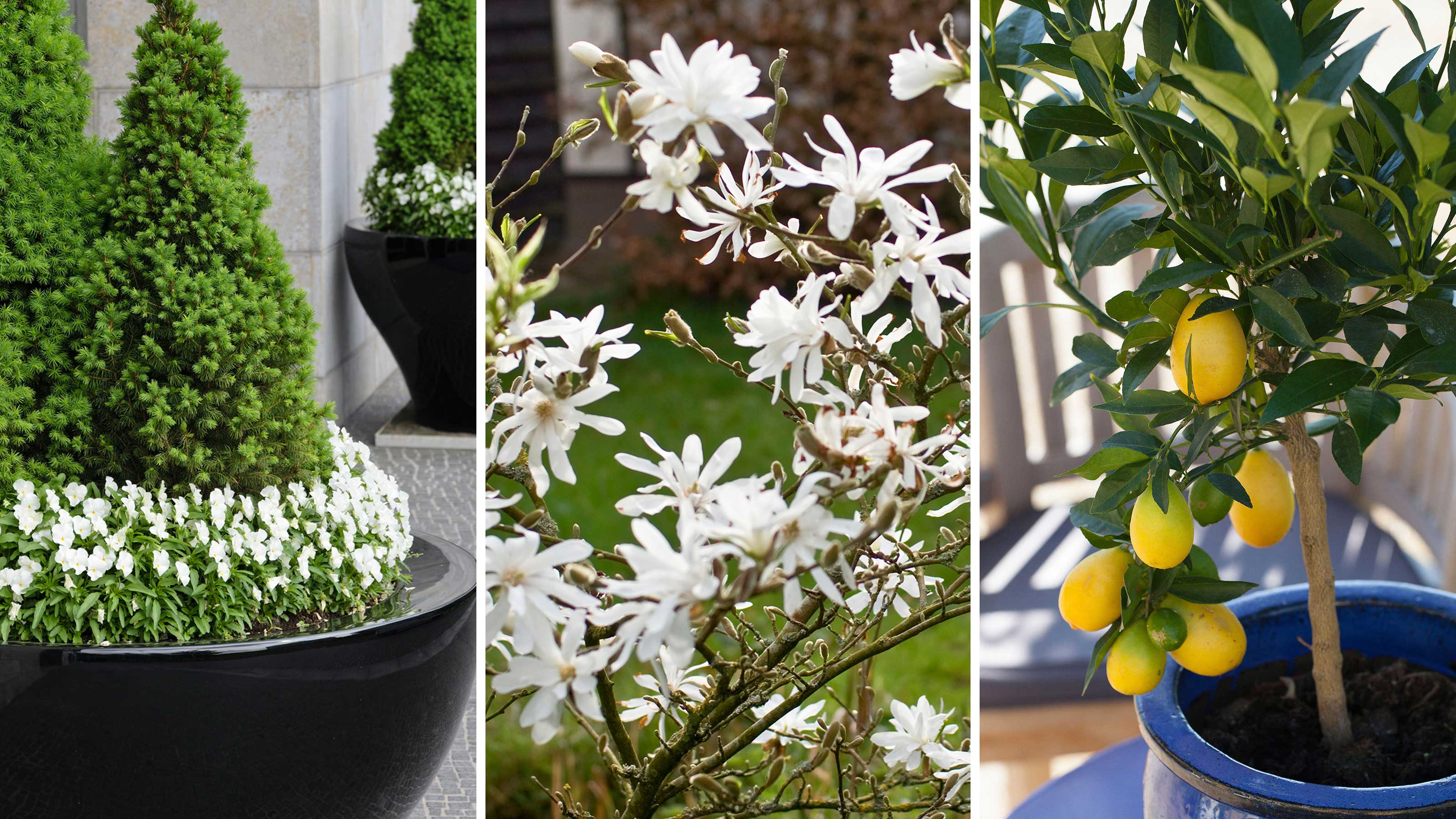 10 best trees to grow in pots — to elevate patios, porches, and more
10 best trees to grow in pots — to elevate patios, porches, and moreThese are the best trees to grow in pots for small outdoor spaces, including plenty of expert recommendations and maintenance tips
By Holly Crossley Published
-
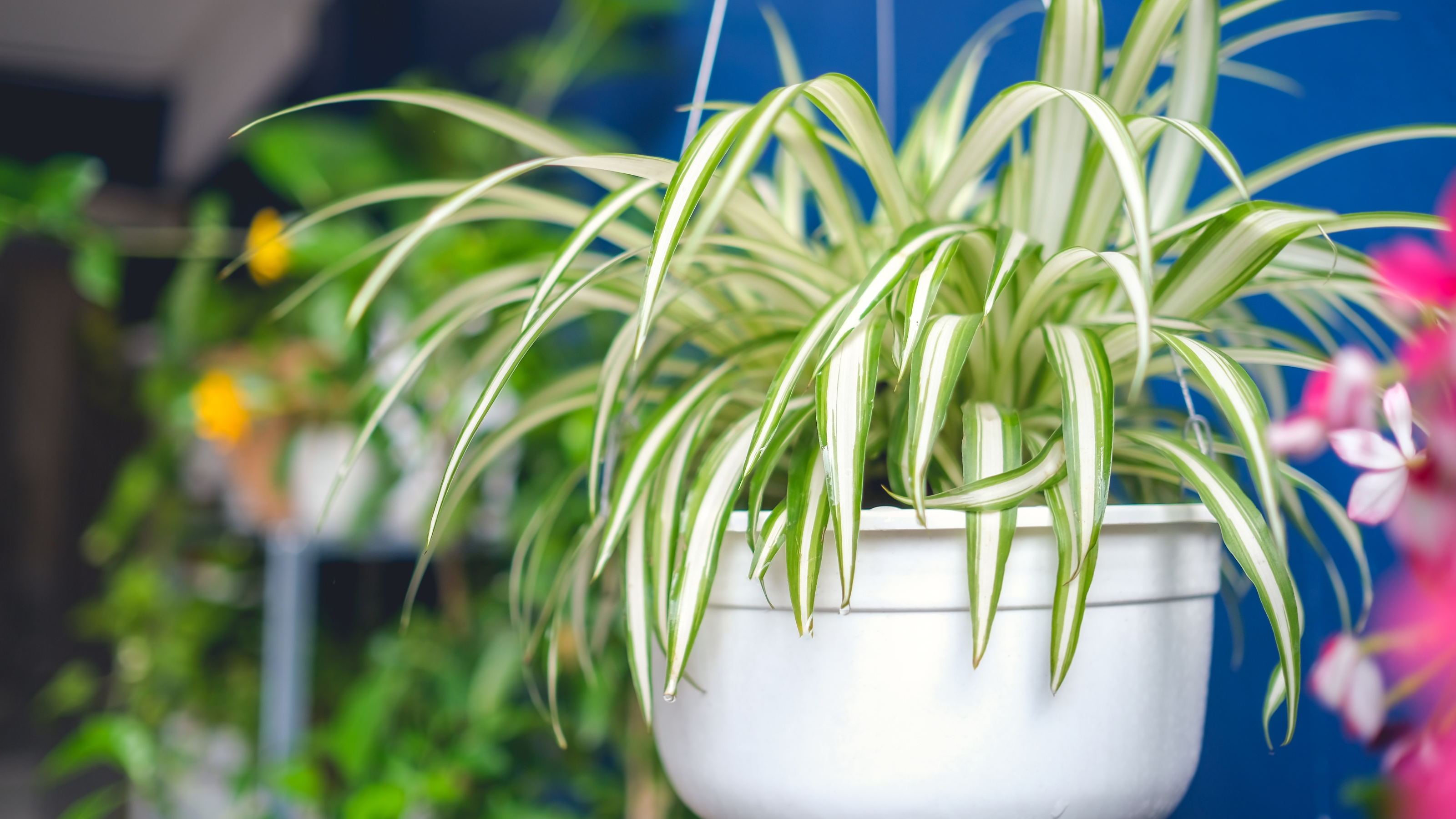 How to repot a spider plant with confidence — tips from the pros
How to repot a spider plant with confidence — tips from the prosRepot a spider plant with confidence with our expert tips and tricks. Give your beloved plant enough room to grow into an impressive display
By Emily Lambe Published
-
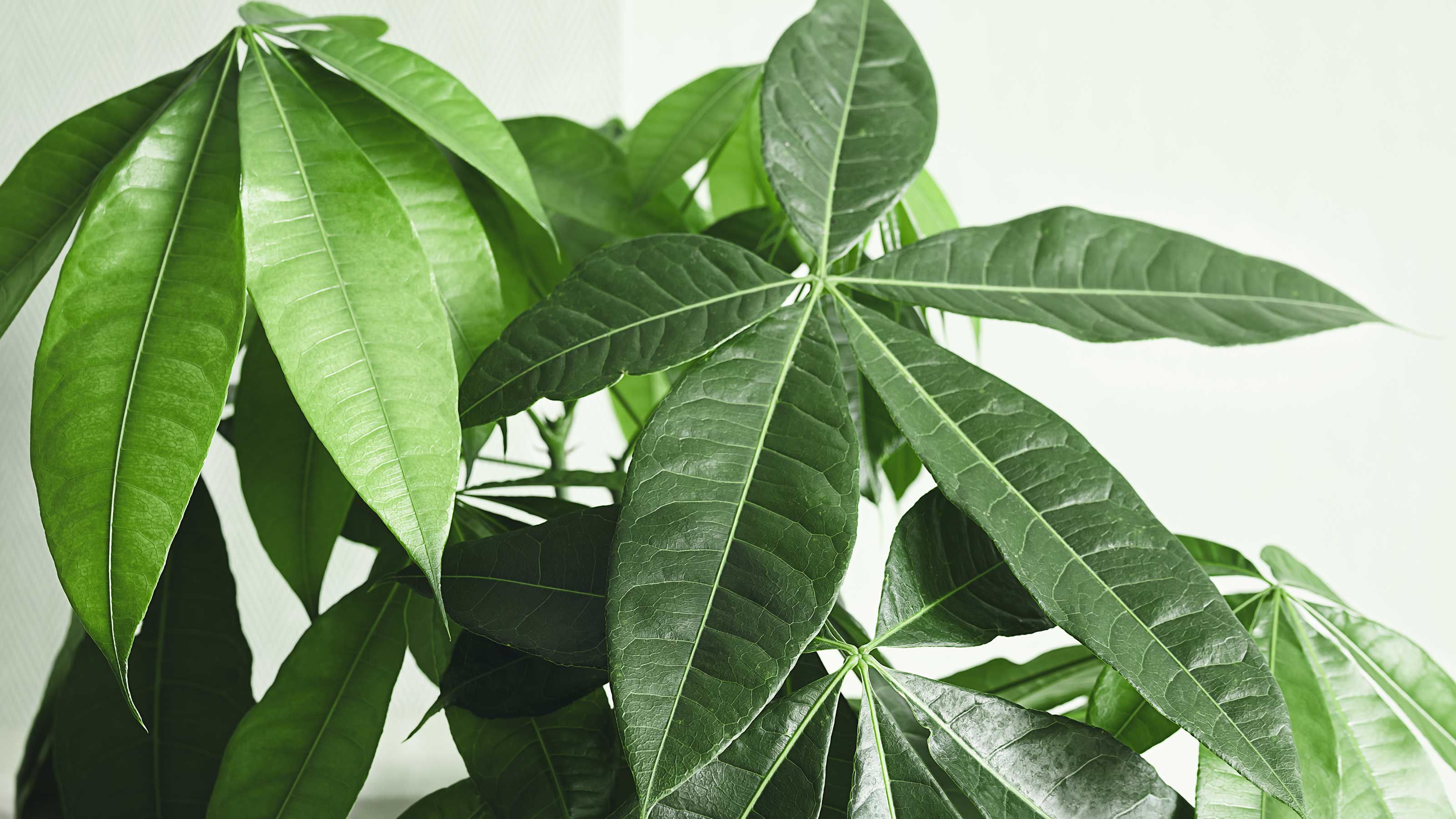 How to care for a money tree — 7 tips for thriving indoor plants
How to care for a money tree — 7 tips for thriving indoor plantsThe experts share top advice on how to care for a money tree, including practical tips for watering, soil type, and pest control
By Holly Crossley Published